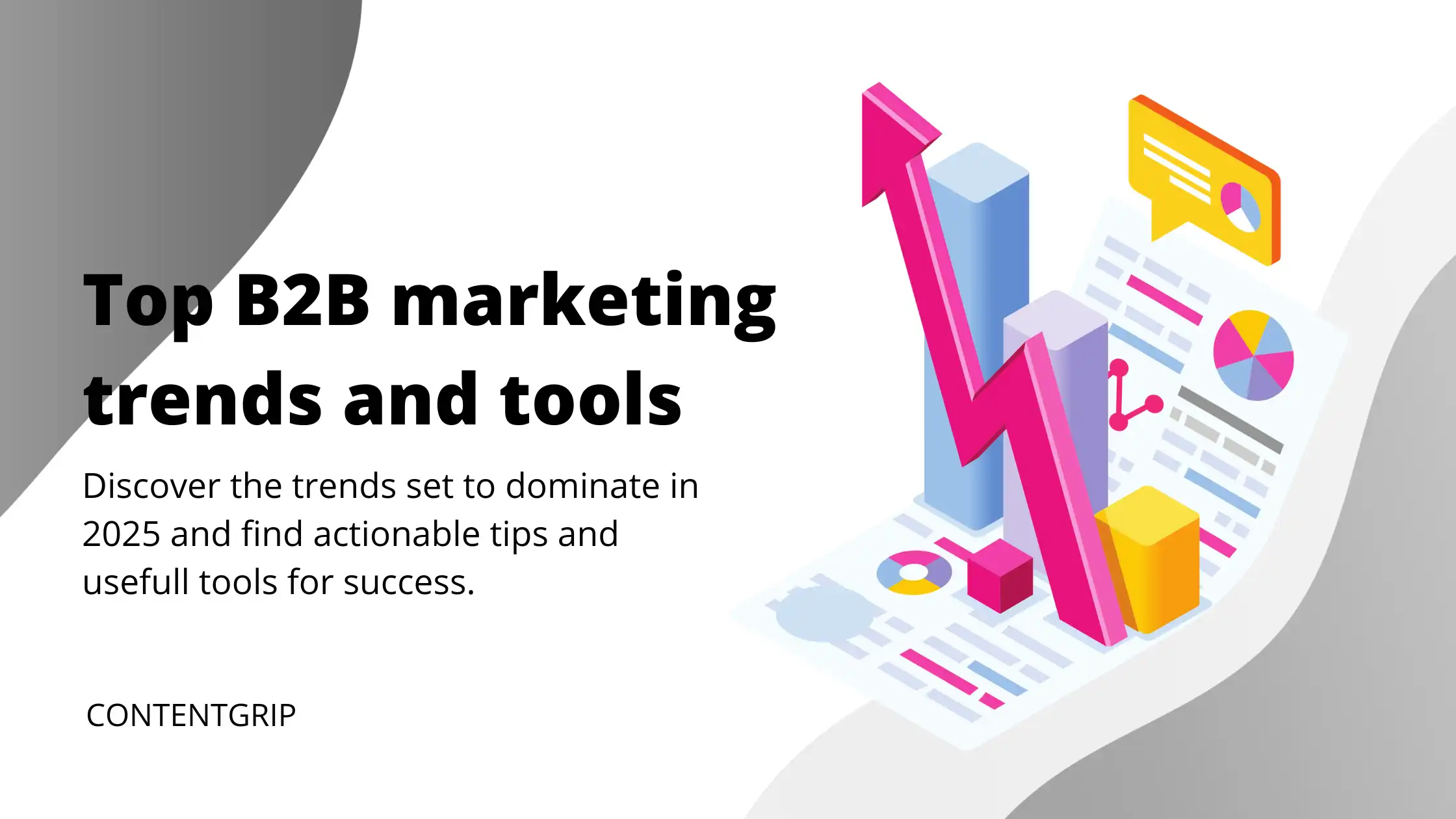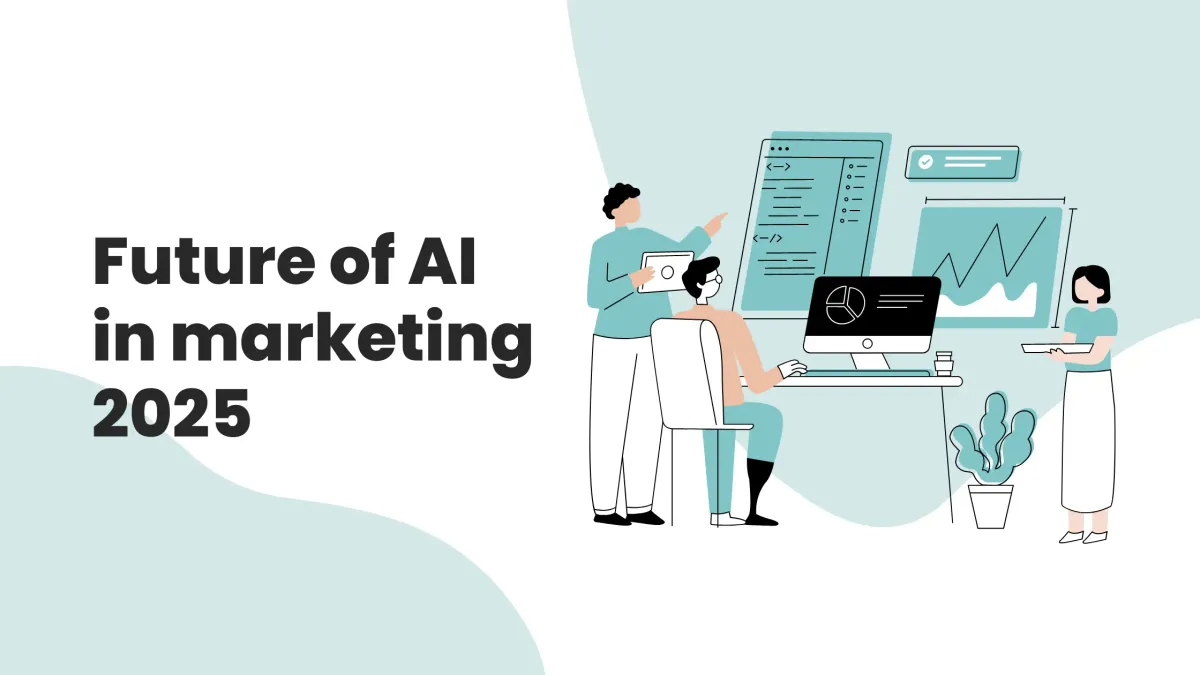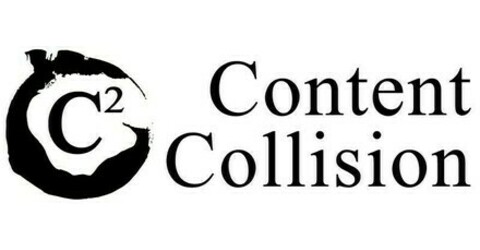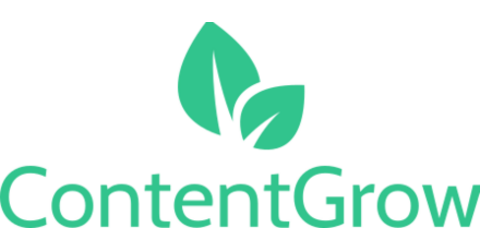From AI to brand building: essential B2B marketing tips for 2025
Discover the key B2B marketing trends set to dominate in 2025, from AI to better brand building.

In 2025, B2B marketers are expected to increase their budgets, with 65% reporting budget increases in 2024 and anticipating further growth in 2025. Interestingly, 51% of these marketers are facing less ambitious KPI demands, suggesting a shift towards more sustainable and realistic marketing goals.
Additionally, the adoption of AI in marketing is on the rise. A recent Gartner survey found that 63% of marketing leaders plan to invest in generative AI within the next 24 months, indicating a significant shift towards AI-driven marketing strategies.
2025 is shaping up to be a big year for B2B marketing. With economic uncertainty and changing buyer habits, B2B marketers must adapt to stay ahead. This article highlights four important marketing trends for the year ahead, along with tools to help you put them into practice.

Key trends this 2025
To stay ahead, marketers must adapt to key trends that challenge traditional approaches. Here’s a closer look at these trends and the tools that can help B2B marketers navigate this changing landscape.
1. The death of search? the rise of prompts
AI is changing how buyers look for information. Kerry Cunningham from 6sense points out, “In 2025, we will continue to see buyer research shift away from search and toward ChatGPT and similar platforms.”
To stay visible, businesses need to prepare content for both search engines and AI tools. This means creating material that works well in AI-based systems while keeping SEO best practices intact.
Tool to use:
- SEO Surfer: Helps you create content that ranks well for both traditional search engines and AI-driven tools.
- ChatGPT Plugins – Use plugins tailored for SEO and prompt optimization to ensure your content ranks in AI-driven platforms.
2. MQLs are dead: evolving B2B KPIs
For years, B2B marketing has focused on “marketing-qualified leads” (MQLs) as a measure of success. But with buying decisions now involving committees of 10–13 people, focusing on a single lead doesn’t make sense anymore. Instead, marketers need to engage the full buying group.
Tool to use:
- HubSpot CRM: Helps you map and communicate with everyone involved in a buying decision.
- 6sense – Offers deep insights into account-based marketing, helping to identify and engage committee members effectively.
3. AI content overkill – striking the right balance
AI tools are great for creating content, but too much reliance on them can backfire. If customers discover that they’ve been interacting with an AI instead of a person, it could damage trust. Kerry Cunningham predicts more unsubscribes in 2025 as companies overuse AI personas for emails and other interactions.
Tool to use:
- ChatGPT Business: Use AI carefully for creating content and make sure to follow rules about disclosing its use.
- Hootsuite Insights – Monitors audience sentiment to detect if overuse of AI is impacting brand perception.
- Grammarly Business – Helps ensure AI-generated content maintains a human touch and meets professional standards.
4. Brand building takes center stage
B2B buyers prefer brands they know and trust, even if those brands are more expensive or have slightly less to offer. Yet many companies don’t invest enough in brand building. To stand out, marketers need to focus on making their brands memorable and recognizable during the long buying process.
Tool to use:
- Canva Pro: An easy way to create professional, attention-grabbing visuals for your brand.
- Adobe Experience Cloud – Offers tools to create and deliver immersive brand experiences across platforms.

8 tools to help leverage upcoming trends
- Ahrefs
Ahrefs is a powerful SEO tool that helps you analyze your website's performance and identify opportunities for optimization. By tracking keywords, backlinks, and overall site health, you can ensure your content ranks well in traditional search engines while preparing for AI-driven platforms like ChatGPT.
- Adobe Marketo Engage
Marketo Engage streamlines your marketing campaigns with automation, allowing you to target all stakeholders in a buying committee effectively. With tools for personalized email, lead scoring, and analytics, it’s an excellent resource for influencing the entire decision-making process.
- Hotjar
Hotjar provides insights into how visitors interact with your website, offering heatmaps, session recordings, and surveys. These features help you create user-friendly experiences, making your site an engaging hub for prospects and buyers.
- Drift
Drift combines chatbots and conversational marketing to help you engage website visitors in real-time. Its tools let you connect with potential buyers efficiently, ensuring you use AI for personalization without over-reliance or losing the human touch.
- LinkedIn Campaign Manager
LinkedIn Campaign Manager allows you to target decision-makers with precision. With advanced targeting options based on job titles, industries, and professional interests, you can reach the right people with relevant and impactful campaigns.
- Canva Pro
Canva Pro simplifies the creation of professional-quality visuals for branding and marketing campaigns. From social media posts to presentations, its intuitive design tools help you make content that stands out and reinforces your brand identity.
- Adobe Experience Cloud
Adobe Experience Cloud offers a suite of tools for delivering immersive brand experiences. From web personalization to cross-channel campaign management, it equips you to create meaningful interactions that strengthen your brand and engage buyers effectively.
- Tableau
Tableau helps you visualize data and track performance across key metrics. Whether you’re monitoring new KPIs or assessing campaign success, its user-friendly dashboards make data-driven decision-making easier and more effective.
This post is created by ContentGrow, providing scalable and tailored content creation services for B2B brands and publishers worldwide. Book a discovery call to learn more.





